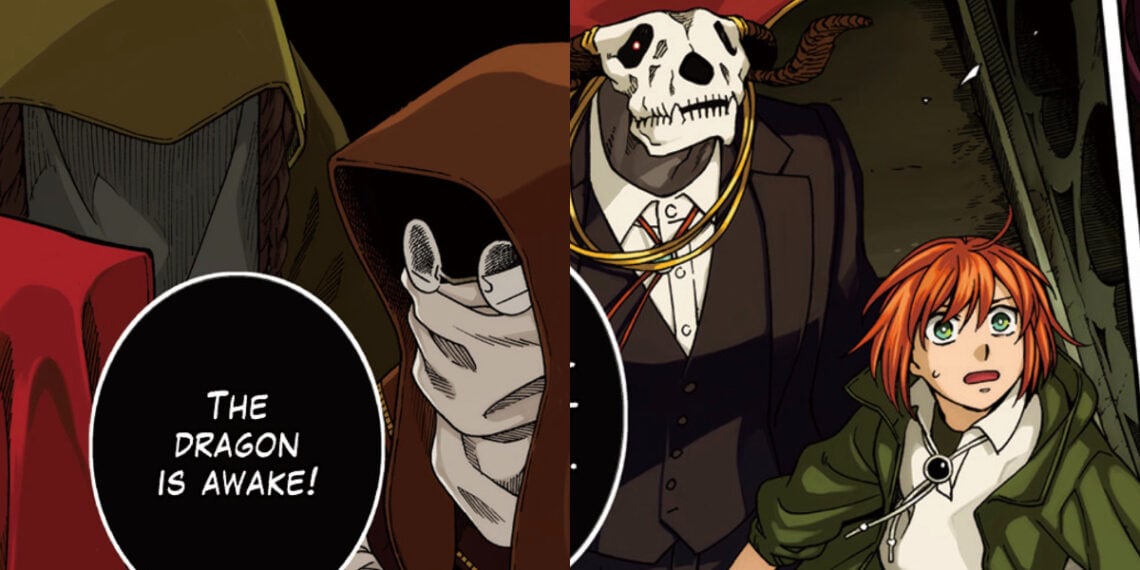The prospect of artificial intelligence and machine learning has stirred much discussion and unease about how these technologies may reshape aspects of human life.
The anime and manga world has eyed the coming of AI in their creative domain with nervous curiosity, and that moment arrived with the December 21st return of the popular manga series The Ancient Magus’ Bride, featuring AI translation done by Japanese company Mantra.
After going on hiatus in March 2022, concluding the “College” story arc, The Ancient Magus’ Bride manga by Kore Yamazaki relaunched on December 21st, inaugurating the new “Beast Hunting” arc.
In an unprecedented announcement, the manga’s official Twitter account stated the new chapters would be released simultaneously worldwide in English via AI translation.

The AI translation was provided by Mantra, a tech firm specializing in natural language processing and machine learning. The employees who previously localized “The Ancient Magus’ Bride” chapters into English have essentially lost that job to this AI program.

This development has shocked many in the close-knit circles of anime and manga subtitlers and translators. Some view this AI takeover as the inevitable replacement of yet another profession by automated technology.
Others hope that human insight and nuance can still play a role despite AI’s capabilities for rapid, low-cost translation.

But for now, the subcultures built around translating and spreading Japanese pop culture to the world are facing profound questions about AI’s growing substitution for human effort.
Fan Backlash Over AI Replacing Humans for Manga Translation
The announcement that AI would be handling the English translation for the return of the popular manga “The Ancient Magus’ Bride” was met with substantial criticism by fans.
There is growing concern regarding the rapid development of AI and its potential to replace human workers across many creative fields.
大変お待たせしました。
本日12月21日22:30より連載再開の『魔法使いの嫁』新章は、AI翻訳技術を活用した英語版を同時連載していく事を決定しました!The new chapter of "The Ancient Magus' Bride" will be serialized simultaneously in English alongside the Japanese version! pic.twitter.com/2DHlE62xXK
— まほよめ/ゴスウィ原作公式 (@magus_bride) December 21, 2023
Using AI translation raises complex questions about precedent, ethics, and the future of artistry in the Internet age. According to the Japanese tech company Mantra, its natural language processing AI program translates new manga chapters from Japanese to English.
This begs the question: why is AI translation being considered instead of human localization? Anime and manga have always relied on dedicated fansubbing communities to spread content internationally.
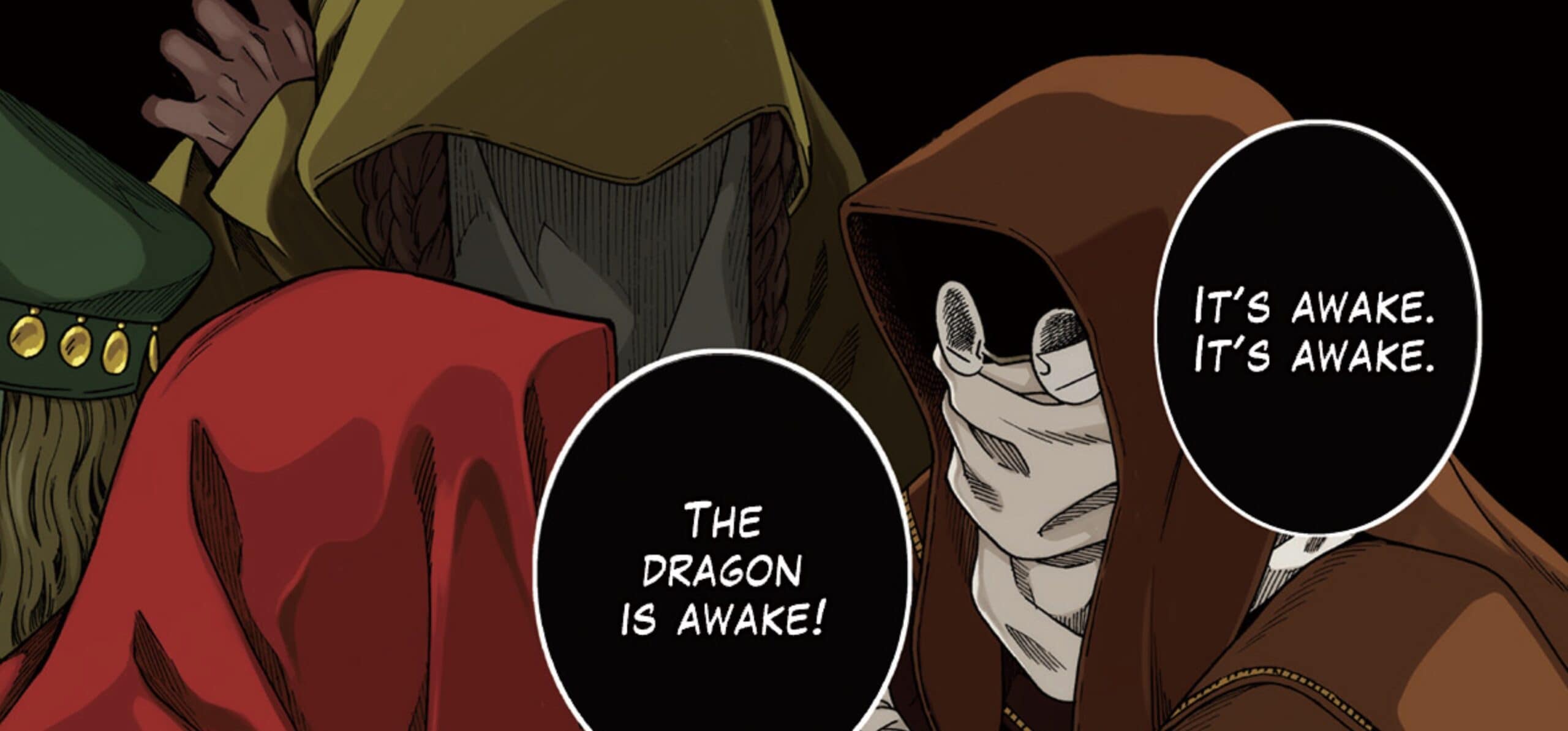
Replacing those human translators sets a precedent that makes many rightfully uneasy about AI proliferation. Currently, AI lacks a nuanced understanding of the cultural context needed for accurate translations. Yet it remains alluring for its speed, cost-efficiency, and ability to scale.
As AI development charges ahead, more and more jobs could fall to automation, regardless of whether the quality is equivalent. There is cynicism from fans that this move prioritizes profit and convenience while downplaying human talent.
Navigating the Limits of Automated Language Conversion in a Globalized World
Machine translation refers to computer programs that can automatically translate text or speech from one language into another. As explained by professional translator Jennifer O’Donnell, the key aspect is that the translation happens without any human involvement or oversight.

Machine translation tools like Google Translate can be useful in certain casual contexts, such as getting the gist of a foreign website or basic communication when traveling abroad.
However, for more formal or nuanced translation needs – like localizing media content for a different language audience – current machine translation technology has clear limitations.
Fans of Japanese media products hoping to access them in English often resort to machine translation as a stopgap when official translations are unavailable.
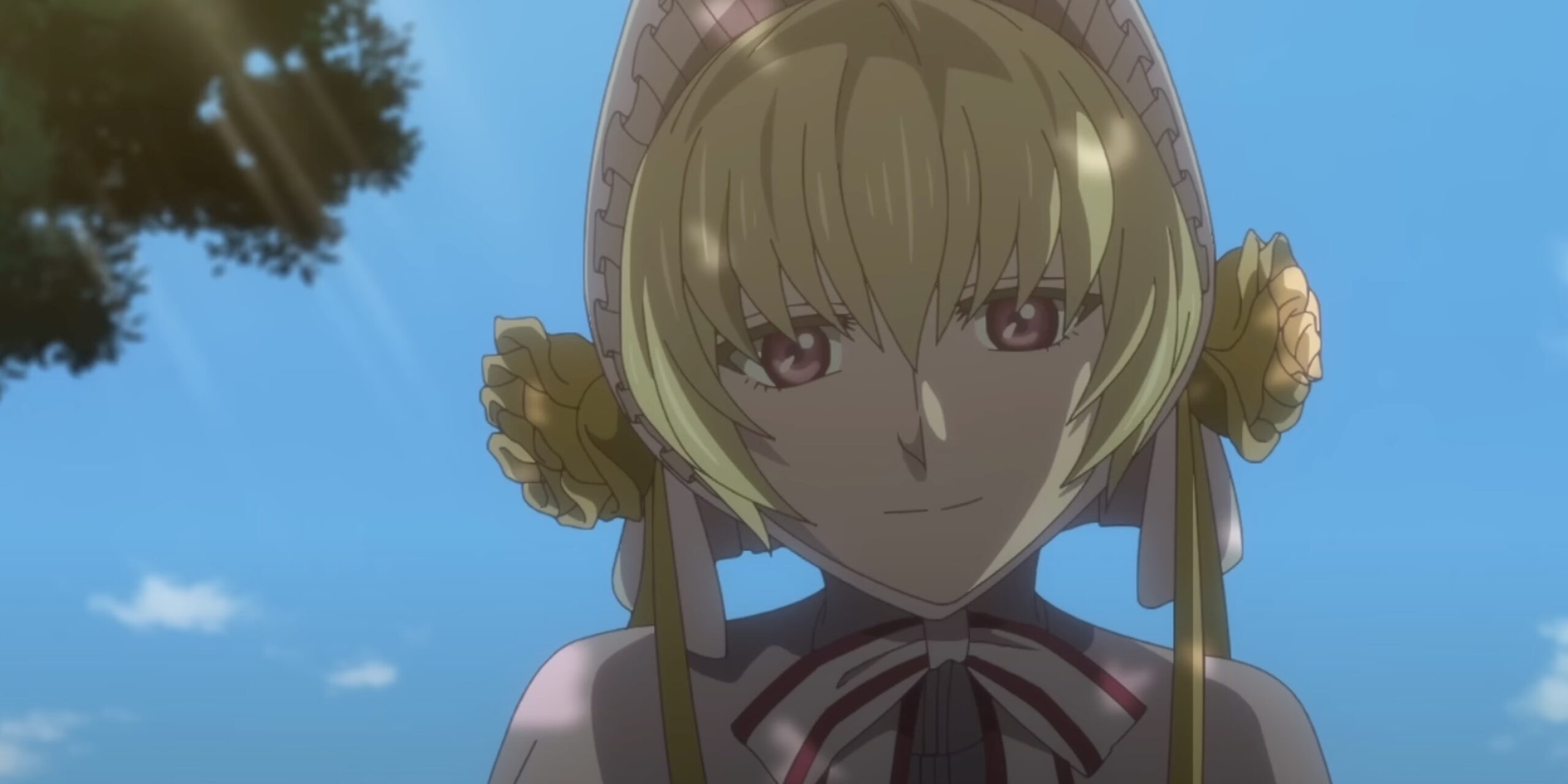
However, the results tend to be littered with grammatical mistakes and unnatural phrasing. Even if edited to sound more readable, machine-translated outputs may fail to accurately convey the original meaning or cultural context.
This is due to the technology’s reliance on the dataset used to train the translation algorithms. Unlike human translators, AIs cannot yet fully understand the wider context or pick up on subtleties.
Balancing AI Efficiency with Human Expertise, But At What Cost?
The announcement from Mantra regarding their simultaneous translation work on The Ancient Magus’ Bride highlights an attempt to balance machine translation with human proofreading.

This aims to leverage AI efficiency while having professionals correct errors. However, as translator Jennifer O’Donnell explains, this combination approach creates dilemmas.
A human translator proofreading machine-translated output faces difficult choices. They can try smoothing out incoherent English sentences, but with no guarantee that the underlying meaning is preserved.
Alternatively, they can verify accuracy by comparing it to the original text, but this requires essentially translating from scratch, making the machine translation redundant busywork.

Yet the translator may receive lower pay since the work is positioned as just “proofreading.”
Between preserving meaning and English fluency, human insight is indispensable. So, while smart use of machine assistance tools has a place in streamlining translation workflows, the unique value of experienced human translators endures.
Mantra’s hybrid setup tries to get the best of both worlds but risks undervaluing the linguistic expertise and cultural understanding that professionals provide.

For quality translation that respects subtleties, nuance, and authorial intent, seasoned human translators remain vital.
Why The Industry Has Started Using AI?
The debate around artificial intelligence and its impact on various industries connects to a broader ongoing cultural discussion. But when looking specifically at machine translation in media localization, the appeal for companies ultimately boils down to saving time and money.

If translation work can be expedited through automation and cost less by reducing human overhead, there are clear business incentives to pursue this route – even if quality is compromised.
After all, speed and access have been front and center when marketing Japanese media exports to global audiences.
We’ve seen a systematic push towards simultaneity – simulcasting anime episodes rather than delayed releases, rapidly localizing manga volumes instead of lagging behind Japanese debuts.

Reducing turnaround times and narrowing the gap between domestic and international launches has become expected in today’s on-demand environment. Fans are far less tolerant of delays or accessibility barriers.
So, in an industry centered on capitalizing quickly on hype and cultural trends, machine translation offers a way to cut costs while accelerating content localization timelines to match modern consumption appetites.
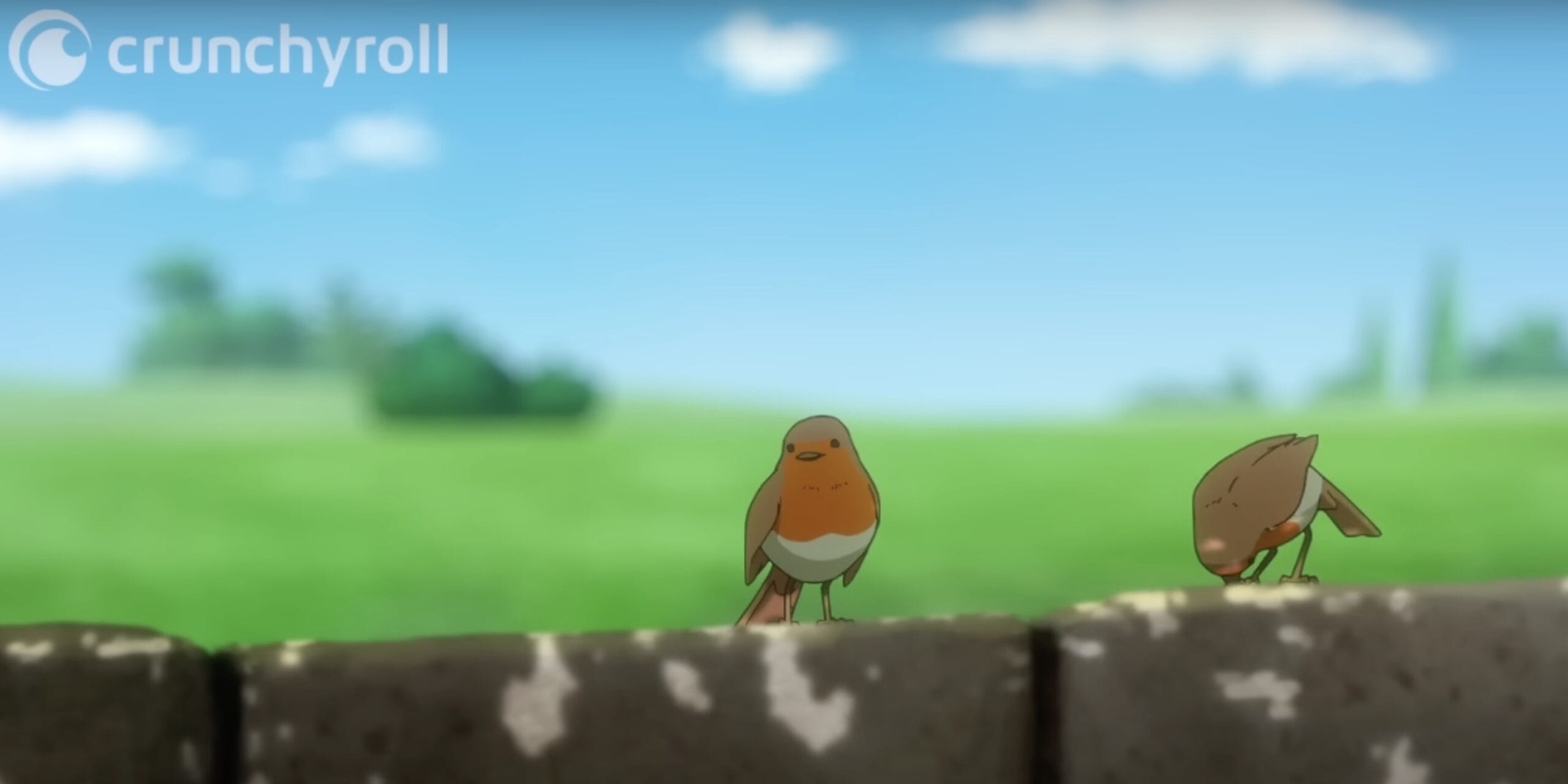
The value calculation prioritizes rapid monetization over precision. But this comes at the expense of respecting subtle elements that human translators are better positioned to convey.
The Creative Role of Human Translators in Conveying Artistic Intent Beyond Words
A core debate around AI is whether it can truly create art or match human creativity.
Translation faces a similar question – while AI tools like Google Translate provide utilitarian value in basic communication, translating art forms like literature or media requires deeper creative and cultural fluency.

Veteran game translator Jeremy Blaustein’s account of localizing the original Metal Gear Solid is an insightful case study.
Beyond technical translation, he made deliberate creative choices that defined series terminology still used today. Showing how translators enhance and interpret meaning, not just mechanically convert words.
However, Blaustein wasn’t retained for later Metal Gear entries, as original creator Hideo Kojima likely wanted tighter control to align translations with his precise intent.

Similarly, Studio Khara asserted more oversight on recent Evangelion localizations to avoid perceived excessive liberties.
So, quality media translation balances artistry with faithfulness.
AI may suffice for simple informational texts but falls short in conveying subsurface cultural context. Much like the wider debate on whether AI can match human creativity, translation requires empathy, imagination, and an intuitive grasp of unspoken resonance.
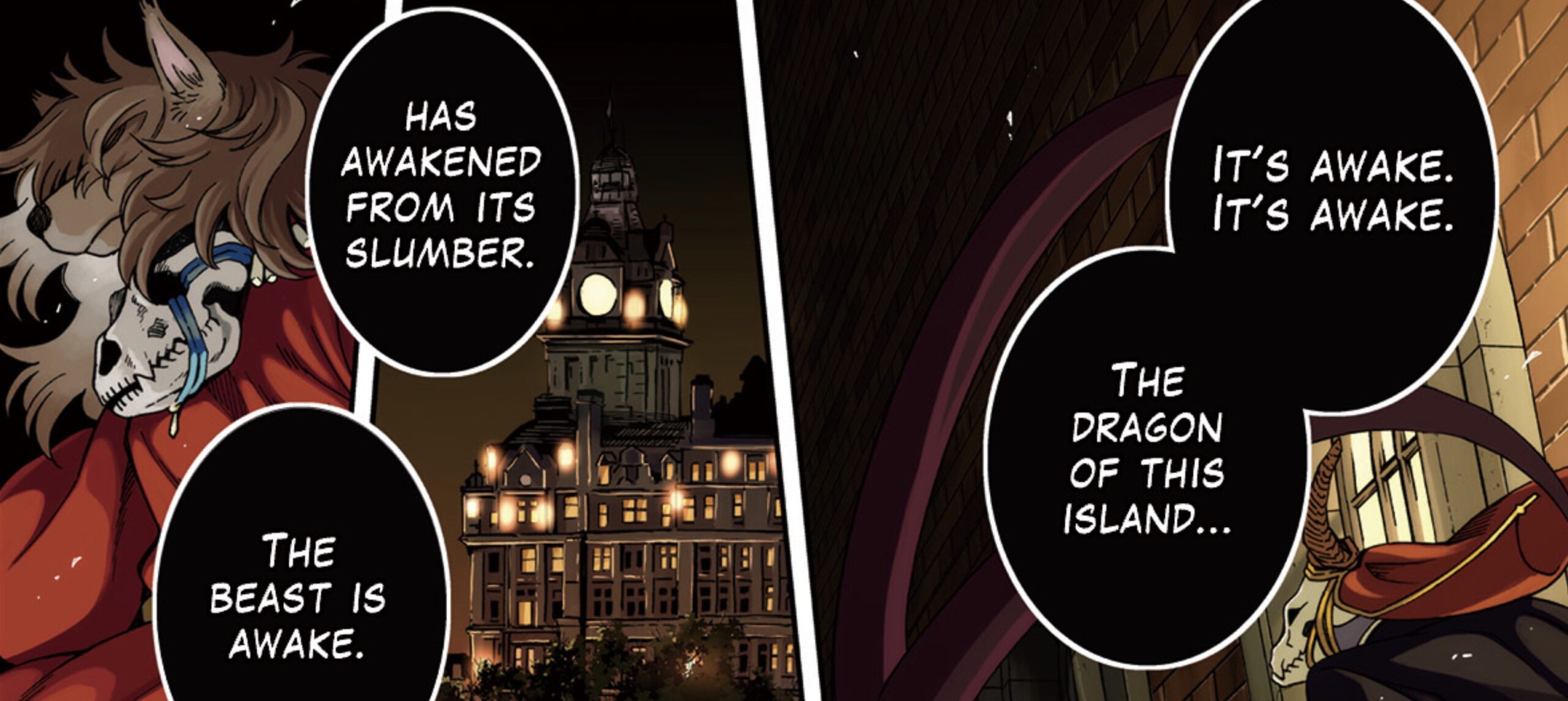
As Blaustein’s account illustrates, professional translators don’t just translate – they enrich meaning and universalize ideas for new audiences. An irreplaceable creative role that AI can’t yet replicate.
Nurturing the Artistic Bond Between Creators and Translators in Cross-Cultural Storytelling
To be clear, creators like Kojima or Anno prioritizing faithfulness in translation aligns with protecting their artistic vision and subtleties that could impact future storytelling.

Works like Metal Gear Solid and Evangelion are intensely layered, making precise translation crucial. The point isn’t questioning that need for accuracy – rather, highlighting the inherent complexity and authorship involved in quality translation.
When a literary work crosses language barriers through translation, the final rendered text fundamentally represents collaborative authorship between the original creator and translator.

As O’Donnell notes, translation itself is an art form – adaptively fitting ideas from one linguistic medium into another while preserving resonance.
Even minute semantic differences or cultural gaps can subtly but significantly shift meaning. So, the translator bears responsibility for accurately conveying essence and intent.
Art is ultimately communication. Creators use their chosen tools and craft to convey ideas to an audience.

There is always a human connection bridging that gap, even when mediated through technology.
So, while AI translation technology may incrementally improve to minimize superficial errors, adopting such automation at the cost of human creative involvement could disrupt fundamental artistic bonds.
For many fans, losing heart or nuance from cold AI intermediation is untenable, regardless of potential efficiency gains.

Preserving the communal nature of artistic experience matters more. So, as AI progresses, maintaining spaces for vital human creativity and dialogue around resonating works should be prioritized over technological expediency alone.

